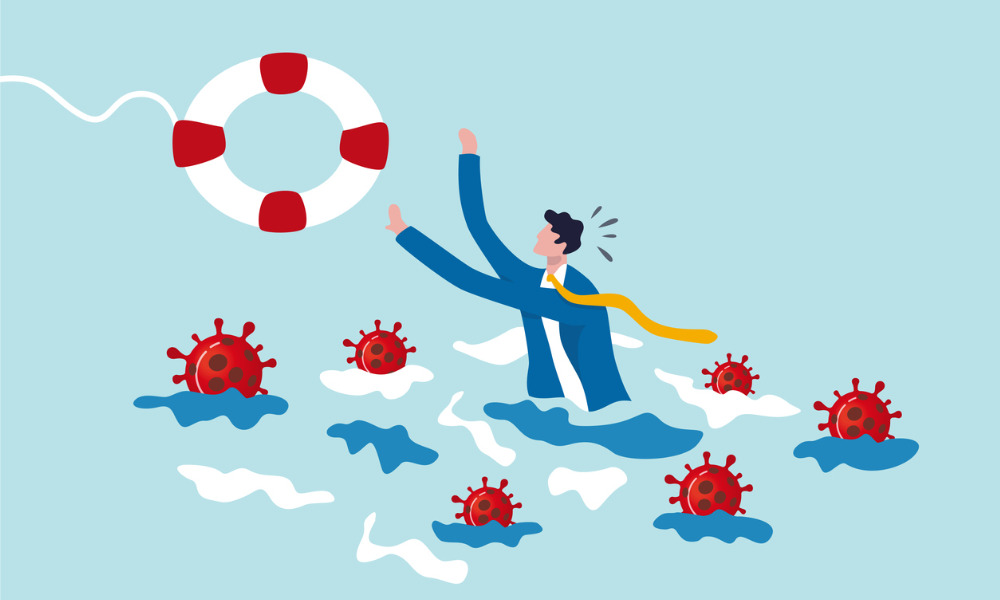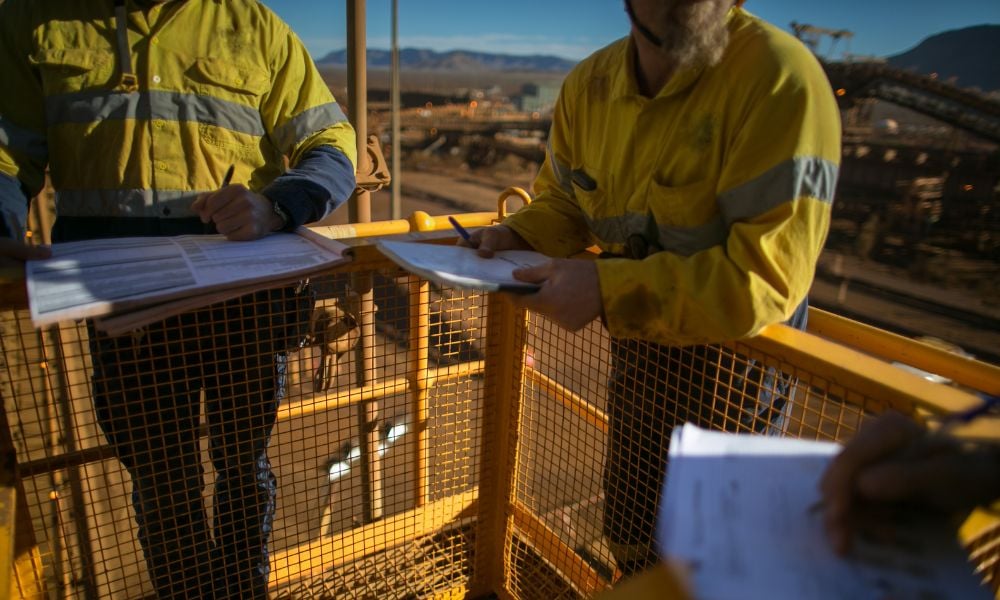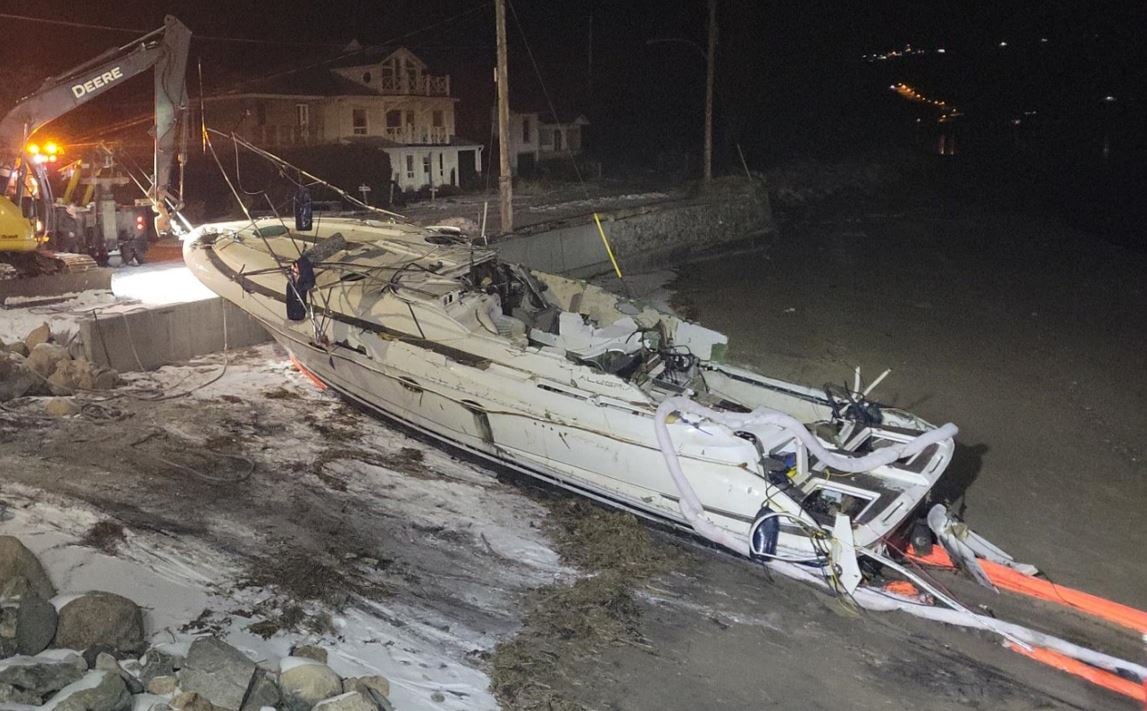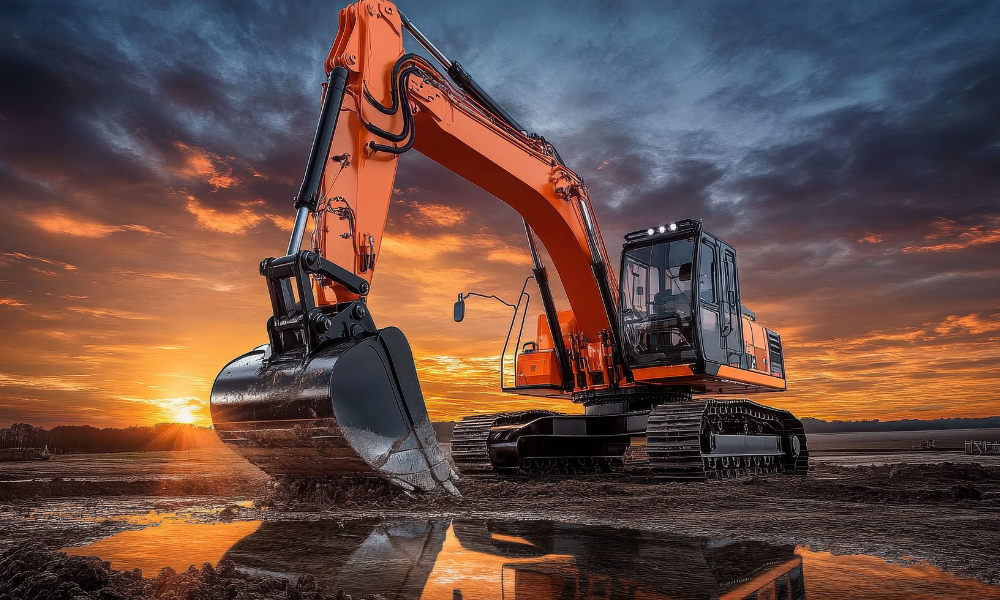‘As a health and safety professional, I found the pandemic recently had some great learning opportunities for health and safety practitioners’

As a health and safety professional, I found the pandemic recently had some great learning opportunities for health and safety practitioners.
Many of these lessons revolve around risk rather than hazard and control. I have long said that it is the job of health and safety professionals to recognize and mitigate risk proactively. Identifying hazards and controlling them is a very simplistic view of the safety and health function.
That being said, risk is a subjective exercise, but it is a useful one.
Risk is emotional
Every health and safety professional has been in a risk assessment session where there were people that thought that the potential severity for everything was a fatality.
That’s often not the case, but as a health and safety professional looking at the current pandemic, we realize that the fatality rate for the virus is just under 2%, around twice that of the flu. That is half as dangerous as SARS, also a coronavirus, and showed up in 2002 – 2003. These statics may not matter much.
Dr. Peter Sandeman came up with the fourth dimension of risk many years ago. That is the emotional response to risk. As professionals we try to remain calm during a crisis and look at these things objectively. Where something could be lethal, and there are unknowns, people are far from objective and so the responses are emotional. Risk is no longer about frequency, severity, and probability, it is also about the emotional response.
In the pandemic we have seen a severe emotional response to a significant risk. A virus is invisible and can be anywhere lurking on any surface. We also still do not know a lot about this particular virus. That brings uncertainty and fear, which make the perceived risk higher than the actual risk.
It does no good to pull out a risk matrix and try to explain the risk is not at a level where death is certain or even probable, as an outcome. There are people dying and no one is listening.
It is important as health and safety professionals to understand that we must address the emotional dimension of risk as it affects people. These emotional responses must be validated and responded to. Using reason, facts and charts will not have the desired effect.
The unknown often provokes fear and so the human default response is to decisively avoid whatever is causing the fear. If there is no recognition of that, there cannot be a good discussion about any risk.
There is no zero risk
One of the remarkable things about the recent pandemic was the language that came out initially. In looking back at news stories, we can see things about stopping the virus and eliminating the virus and making sure no one gets infected.
Once community transmission began, there was no certain way to stop the virus. The conversation turned from the absolute quest for zero to “flattening the curve.” What is flattening the curve? That is risk management. Flattening the curve is all about putting risk mitigation in place to reduce the speed of transmission and to stretch it out over a longer period of time and thereby reduce the risk overall while also reducing the risk to our healthcare system.
Flattening the curve meant that we recognize that there was no way to actually stop the spread of the virus, but we could slow it. I know some, who are the disciples of zero, have their head spinning around about now.
There is simply no way to reduce the risk of transmission of this virus to zero. In fact, no one really tried to once community transmission started occurring. There is no absolutely safe place to work and there is no zero risk. The law only requires reasonable responses, not total elimination of risk. The risk in the pandemic was made intolerable in some ways by fear. We saw broad restrictions and precautions taken by all countries to protect their population and their ability to respond to the rising number of cases.
The information communicated by government agencies and the precautions taken were not about eliminating a hazard or even effectively controlling it but mitigating the risk of transmission and infection. Administrative controls such as social distancing, and enhanced hygiene practices were implemented. For people on the front line we had personal protective equipment in the form of latex or nitrile gloves and surgical or medical masks. Even everyday citizens were wearing gloves and masks.
Ironically, engineering controls were not easily implemented. Shutting an airport, or closing a border is a difficult decision. The best one we had was having people stay home, but there was still a need to get groceries and supplies.
Statistics need context
Government agencies keep communicating information during the pandemic. Some information provided is statistical. Things like ‘there are 23 new cases today and that brings the total to 348’.
From an intelligent safety perspective these numbers are not useful. The total cases really do not matter because the goal here is to slow the transmission of the virus. How are we supposed to know if that’s working well when we get an arbitrary number with no context?
The number of new cases today doesn’t tell us anything. Is that more than we had the yesterday and the day before or less? What does the trend look like?
If we are flattening the curve, what does that even look like? Are the number of new cases falling? How accurate are the case numbers? We know that COVID-19 affects people differently. It is really hard to know if you are making any progress when you simply get numbers with no context.
This is like safety people telling someone what the recordable injury rate is or how many incidents there were. That number is meaningless because there is no context to that information and so we don’t know if it is improving or otherwise.
Emergencies have distinct stages
Early on, the priority was on the pandemic response plan and that is the first stage of every emergency. There must be a planned response to take control of the situation and try and mitigate the loss and risk to others.
The response tends to dominate our thinking and we have had a steady stream of activities and initiatives all designed to reduce the risk presented by the virus to ourselves and even to our economy.
After all this came the question of the business continuity plan. How can businesses continue to operate when they cannot access their workplaces, cannot access their data, or cannot operate their equipment?
Not a lot of attention has been paid to recovery. What does recovery look like? Who will decide when it’s time to stop some of the precautions? Will there be a phased regional relaxation of precautions? How will people return to work, and what does that even look like?
It is likely that people return to work while the virus is still around and there is still a risk of infection. This will take considerable planning and resources from employers to ensure that their workplaces are safe in their employees remain safe in the near future. What precautions are employers required to take, or expected to take? What does the new workplace look like?
The final stage of course is the review of the emergency to gauge response. This may not be done by some companies, but we have to look forward to the follow-on waves of infection that are certain to follow any pandemic. How will people be screened at work? Who will make the call to work from home again if people become sick in a workplace? How will those determinations be made? It is more likely that regions and companies would have to act on their own to take appropriate precautions.
Demonstrate value
Health and safety professionals need to be involved in emergency planning, response, business continuity and recovery. We add value by looking beyond fire drills and looking at business risk and planning. This helps to build organizational resilience to assist in quick, and effective recovery from emergencies and incidents.
There is more planning to be done in the recovery from the pandemic. It is an opportunity to demonstrate value, and ensure workers are protected. Being proactive and planning for future risk is at the core of the value proposition safety professionals bring to the employer.
It’s about risk
The main lesson of the pandemic is risk, and risk communication. The simplistic model to identify and control hazards is not a very effective one. We need to be looking at the risk inherent in operations and looking for ways to mitigate it.
Not every risk can be terminated or transferred. Risk is all about treating the risk to mitigate it to a tolerable level before an event. It is about responding to the risk (even the emotional part) and bringing clear communications, planning, and reasonable precautions after a new risk emerges.
Only one thing is certain, COVID 19 has more to teach us.






